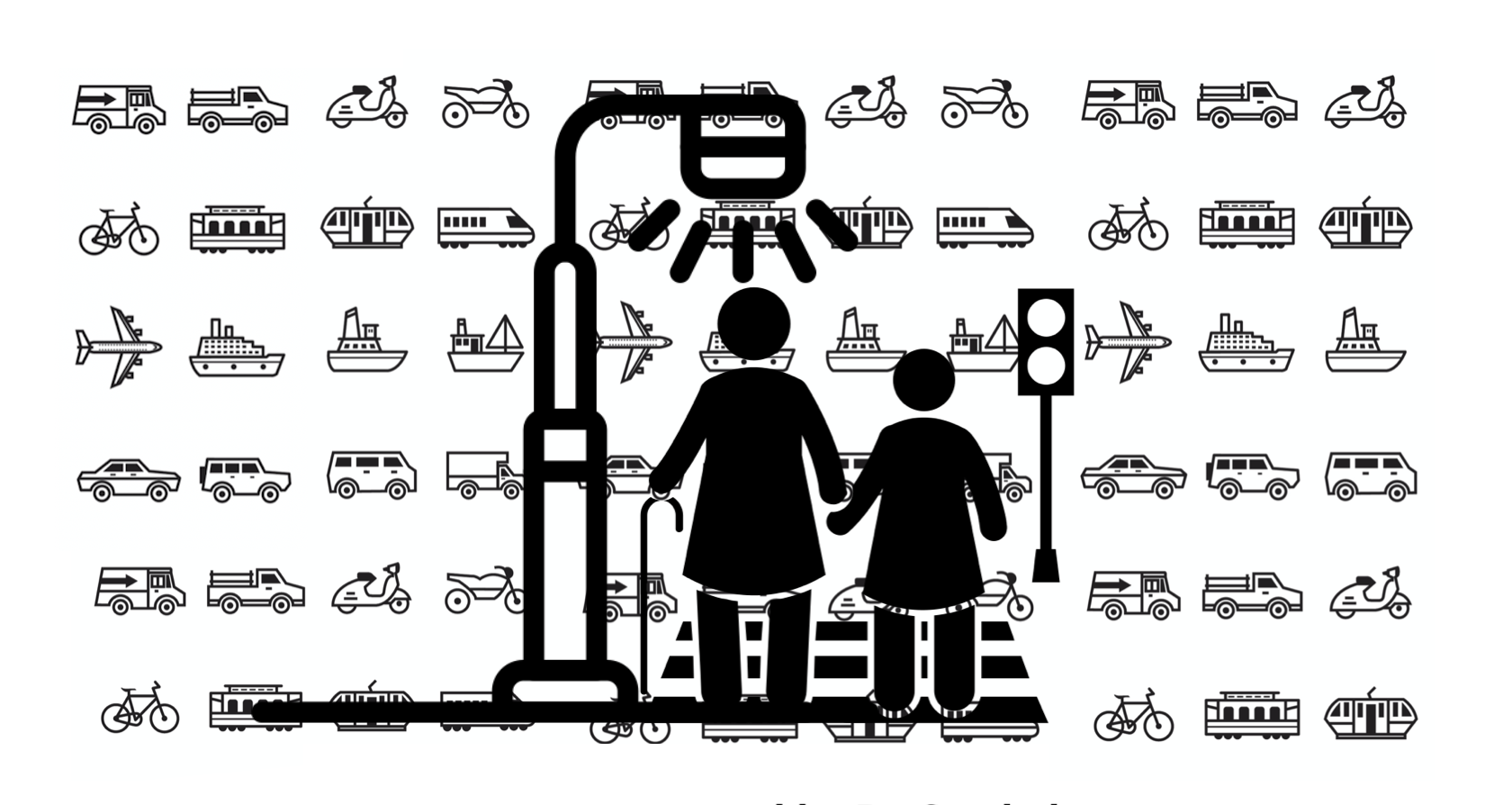
One of the most important safety issues on public roads is protecting vulnerable road users such as pedestrians and cyclists. Most traffic fatalities occur in this group. At the same time, it is the most difficult problem to solve. Why is that and can technology help us?
My colleague Marzieh Dolatabadi recently completed her PhD research on modeling and predicting pedestrian behavior on public roads. What we would like is for modern cars to look with their cameras and understand what they see, and based on that interpretation, also be able to predict the near future. Like whether someone is going to cross the road or not. The example I always use myself is that of a very slim student standing next to a lamppost. The car has to see the difference, but more importantly, understand it, and conclude from that that the lamppost is not going to cross, and the student might.

We are trying to solve this problem by using models that describe human motion, such as posture and gait, and combining this with smart algorithms and artificial intelligence, based on lots of data. With the models of walking, we can predict where a person is walking to and how fast. With smart algorithms, we can do probability calculations based on learned data, and we can give the prediction a margin of uncertainty. Based on that, a car can make a decision to brake more or less, for example.
One of the difficulties with this kind of solution is that these smart algorithms assume that the uncertainty models of each individual are statistically independent of each other. But the reality is much more complex. For example, imagine a parent walking with a child. Those are two individuals, but their behavior depends on each other, especially if they are holding hands. Another example is perhaps even more complicated. Because the pedestrian’s behavior, and therefore its prediction, also depends on that pedestrian’s reaction to the approaching car. But that car actually adapts its behavior, to that pedestrian. And that actually makes the prediction a circular argument.
If the safety margins in the algorithms are too large, nothing happens on the street anymore. Everything then comes to a standstill, at least the self-driving car. This explains why the introduction of autonomous cars within built-up areas is not yet so simple. And the same goes for the development of automatic braking systems.
One of the possible extensions is to equip everyone with (fast) sensors that are connected to each other. As a result, all road users see each other in one way or another, and in this case, the technology may well have a positive effect on reducing the number of traffic casualties. But even then, understanding the intent of the behavior is ultimately an estimation issue. Understanding each other remains difficult.
Maarten Steinbuch and Carlo van de Weijer are alternately writing this weekly column, originally published (in Dutch) in FD. Did you like it? There’s more to enjoy: a book with a selection of these columns has just been published by 24U and distributed by Lecturis.
